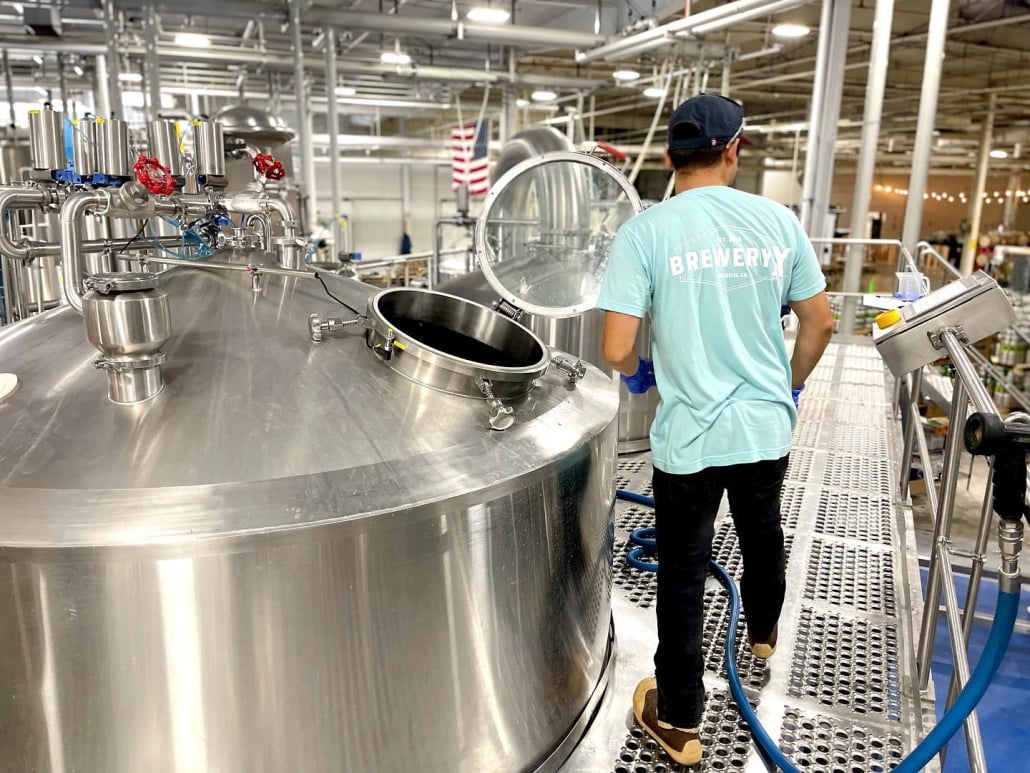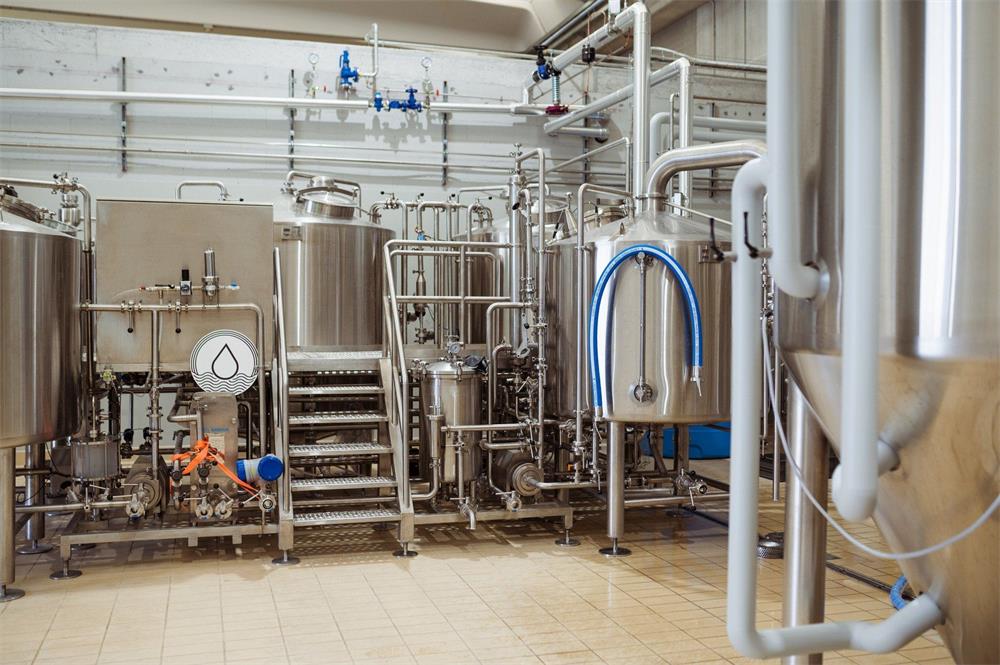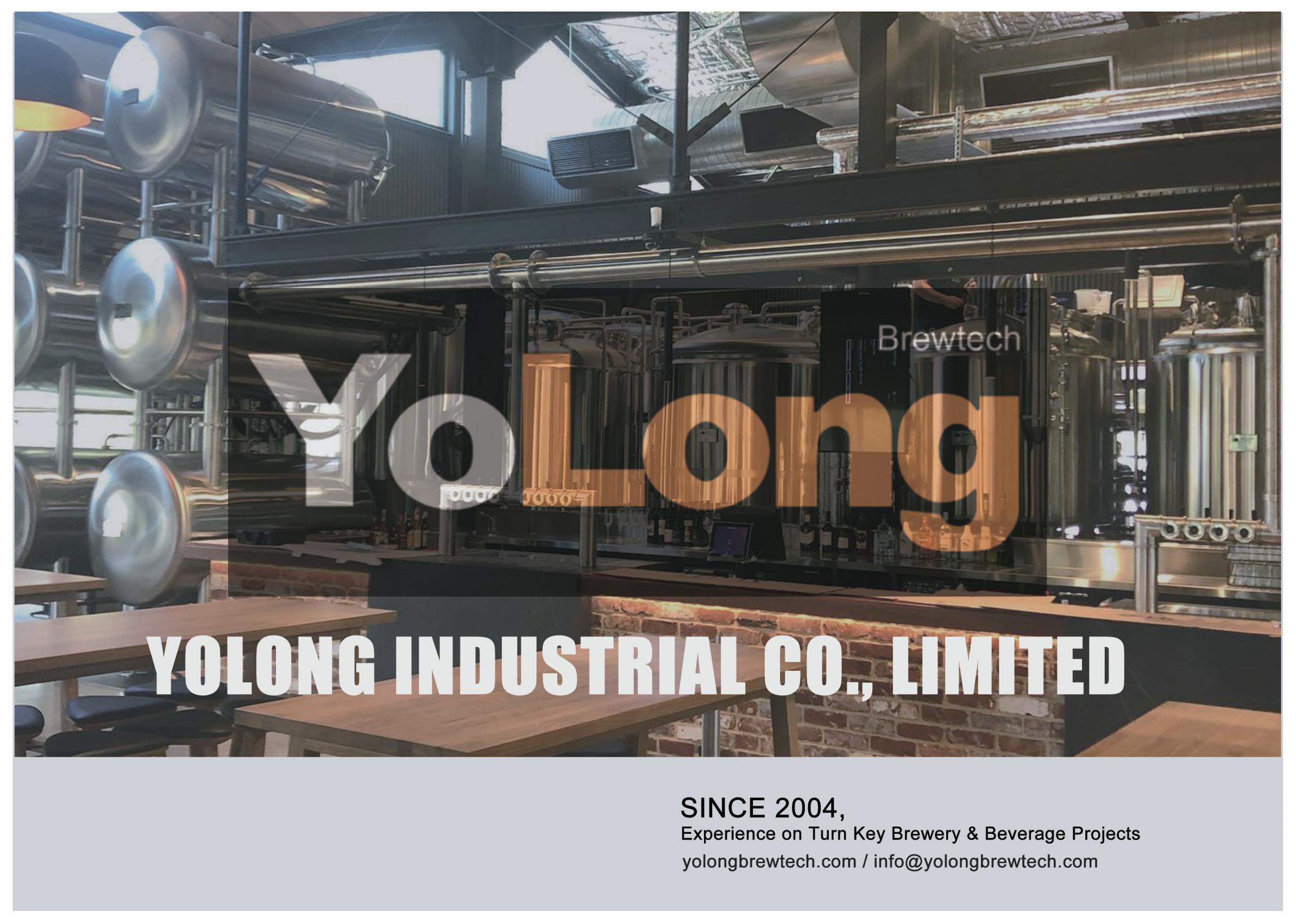Commercial Brewing Equipment
Overview of Commercial Brewing Equipment
Commercial brewing equipment plays a vital role in transforming raw ingredients into the delicious craft beers that people know and love. This guide covers everything you need to know about commercial brewing equipment—from selecting the right machinery to understanding its operation, maintenance, and more. Whether you’re a microbrewery startup or a large-scale brewery looking to expand, having the right setup is crucial.
What is Commercial Brewing Equipment?
At its core, commercial brewing equipment includes all the machinery, tanks, fermenters, and heating units needed to produce beer on a larger scale than typical home brewing. This equipment has to meet rigorous standards for sanitation, efficiency, and output volume, helping brewers streamline production without sacrificing quality.

Essential Commercial Brewing Equipment Guide
Every commercial brewery relies on specialized equipment to efficiently manage each stage of the brewing process. Below is an in-depth look at the core components and why each is essential to producing high-quality beer.
Brewing Equipment Types and Their Functions
| Equipment Type | Description |
|---|---|
| Mash Tun | Used for mixing crushed grains with hot water to convert starches into fermentable sugars. Typically made from stainless steel and equipped with a heating source. |
| Lauter Tun | This vessel is essential for separating solid grain material from the liquid wort. |
| Kettle/Boiler | The wort is boiled here, often with hops added, to create flavors and bitterness. These come with temperature controls and sometimes whirlpool functions. |
| Fermenter | Tanks where wort transforms into beer, thanks to yeast. Available in various capacities based on brewery needs. |
| Bright Tank | Where beer is conditioned, carbonated, and clarified before packaging. Bright tanks are essential for stabilizing the beer and preparing it for consumption. |
Each type of equipment plays a specific role, but they all work together as part of a seamless process. Let’s delve into the brewing process itself to understand how each piece fits in.
The Commercial Brewing Process Explained
From milling to packaging, the brewing process involves several well-defined steps. Here’s a breakdown of each stage, explaining the equipment involved and what happens at each point:
1. Milling
- Milling crushes malted barley, exposing the starches inside the grains.
- The mill needs to break grains to allow for effective starch extraction while keeping the husks intact for filtration during lautering.
2. Mashing
- In the mash tun, hot water mixes with milled grains, converting starches into fermentable sugars.
- Temperature control is key, as certain temperatures activate specific enzymes that impact the beer’s flavor and mouthfeel.
3. Lautering
- During lautering, the liquid wort is separated from the solid grain. This step can impact the final clarity and taste of the beer.
- The lauter tun is equipped with slotted false bottoms to catch solids while allowing liquid to flow freely.
4. Boiling
- In the kettle, the wort is boiled to sterilize it and incorporate hops, which add bitterness and aroma.
- Timing and temperature control are vital here; some breweries also use whirlpool functions to filter out hop particles.
5. Fermentation
- Transferred to fermenters, the wort is now ready for yeast, which ferments sugars to produce alcohol and CO₂.
- Fermentation temperature, duration, and yeast type all impact the beer’s final flavor profile.
6. Conditioning and Packaging
- The beer moves to a bright tank for final conditioning, where it’s carbonated and clarified.
- It’s then packaged into kegs, bottles, or cans for distribution.
Choosing the Right Equipment: Capacity, Space, Design, and Customization
When selecting commercial brewing equipment, breweries must consider capacity, available space, equipment design, and the level of customization possible. Here’s a comparative guide to help assess these factors.
| Factor | Description |
|---|---|
| Capacity | Capacity requirements depend on the brewery’s production goals. Small breweries might need equipment with 5-10 BBL capacity, while larger operations may look at 50 BBL or more. |
| Space Requirements | Equipment size and setup impact the overall layout. Compact breweries can benefit from modular equipment that minimizes floor space usage. |
| Design and Materials | Most commercial brewing equipment is stainless steel, offering durability and easy sanitation. Options like copper or aesthetic customizations can enhance visual appeal. |
| Customization | Many suppliers offer customization options to fit specific brewery needs, from integrated CIP systems to automated controls. This can enhance operational efficiency and brand identity. |
Popular Commercial Brewing Equipment Suppliers and Price Range
Investing in brewing equipment can vary widely in cost depending on capacity, customization, and brand. Here’s a guide to some well-known suppliers and general price ranges for different setups.
| Supplier | Specialization | Estimated Price Range |
|---|---|---|
| Ss Brewtech | Small to mid-size systems | $10,000 – $100,000 |
| Blichmann Engineering | Home and commercial scale | $5,000 – $50,000 |
| JV Northwest | Large-scale systems | $100,000+ |
| Alpha Brewing Operations | Customizable systems | $20,000 – $200,000+ |
| Premier Stainless Systems | High-capacity equipment | $50,000 – $250,000 |
Price variations reflect differences in system complexity, materials, and any add-ons included. Some suppliers offer financing or leasing options to ease upfront costs.
Installation, Operation, and Maintenance Considerations
Once the equipment is selected, breweries must handle installation, proper operation, and ongoing maintenance. Each of these factors impacts both performance and longevity.
| Consideration | Description |
|---|---|
| Installation | Professional installation ensures the equipment is set up correctly and adheres to industry standards for safety and efficiency. Some suppliers offer installation as part of the package. |
| Operation | Proper training on operation, including temperature and timing controls, is essential. This affects the quality and consistency of the final product. |
| Maintenance | Regular cleaning, lubrication, and inspections help prevent issues. Preventive maintenance contracts can reduce unexpected downtime. |
How to Choose the Right Supplier
With so many suppliers available, selecting the right one can feel overwhelming. Here’s a detailed look at what to consider when choosing a brewing equipment supplier.
| Factor | What to Look For |
|---|---|
| Reputation and Reviews | Look for customer reviews, success stories, and reliability in the market. |
| Customer Service | Does the supplier offer installation support, training, or maintenance contracts? |
| Customization Options | Some suppliers offer extensive customization, while others have standardized equipment. Consider which suits your needs. |
| Warranty and Support | Check if warranties cover parts, labor, or both, and how long they last. |
| Delivery and Lead Time | Ensure the supplier can meet your production timeline with realistic delivery and setup estimates. |

Advantages and Limitations of Commercial Brewing Equipment
When it comes to equipment selection, there are pros and cons that need to be weighed carefully.
| Advantage | Limitation |
|---|---|
| Efficiency | Equipment designed for commercial use boosts production efficiency. |
| High Output Capacity | Meets the demands of large batches. |
| Cost | Higher quality means higher investment. |
| Maintenance | More parts mean more frequent upkeep. |
FAQ
| Question | Answer |
|---|---|
| What size brewery equipment should I start with? | This depends on your production goals. A 5-10 BBL system works for microbreweries, while larger setups can go up to 50 BBL or more. |
| How often should brewing equipment be cleaned? | Clean regularly, ideally after each batch, to prevent contamination and maintain quality. |
| Is it worth customizing brewing equipment? | Customization adds value, particularly for breweries with unique production needs or branding goals. |
Share this entry
Interested in learning more about Brewing Systems including additional details and pricing information? Please use the form below to contact us!
YOLONG BREWERY EQUIPMENT FAQS
- Commercial Brewery / Craft Brewery / Microbrewery / Nanobrewery
- What is The Difference Between Craft Beer and Industrial Beer?
- The Bespoke Differences In Custom Brewing Systems
- Everything You Need to Know About Kettle Souring
- How to Choose Brewing Equipment for Your business?
- How To Choose The-Best Partner To Build Your Commercial Microbrewing System?
- Two Detection Sensors That You Need To Use In Your Brewhouse System
- Remote Control Applications in Brewing Equipment/How does it work?
- How To Clean Your Brand New Brewery Tanks?

